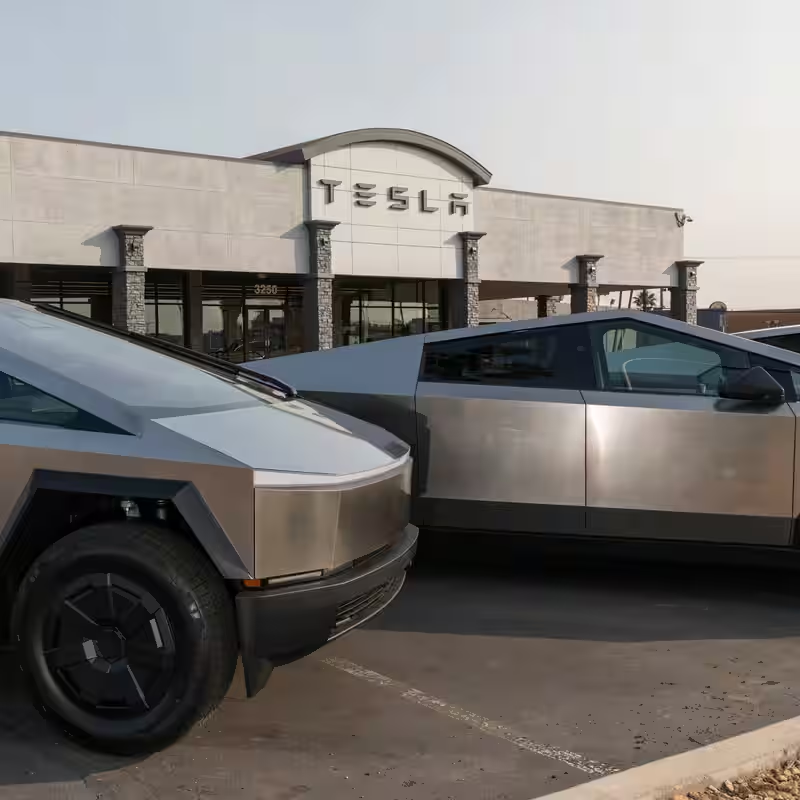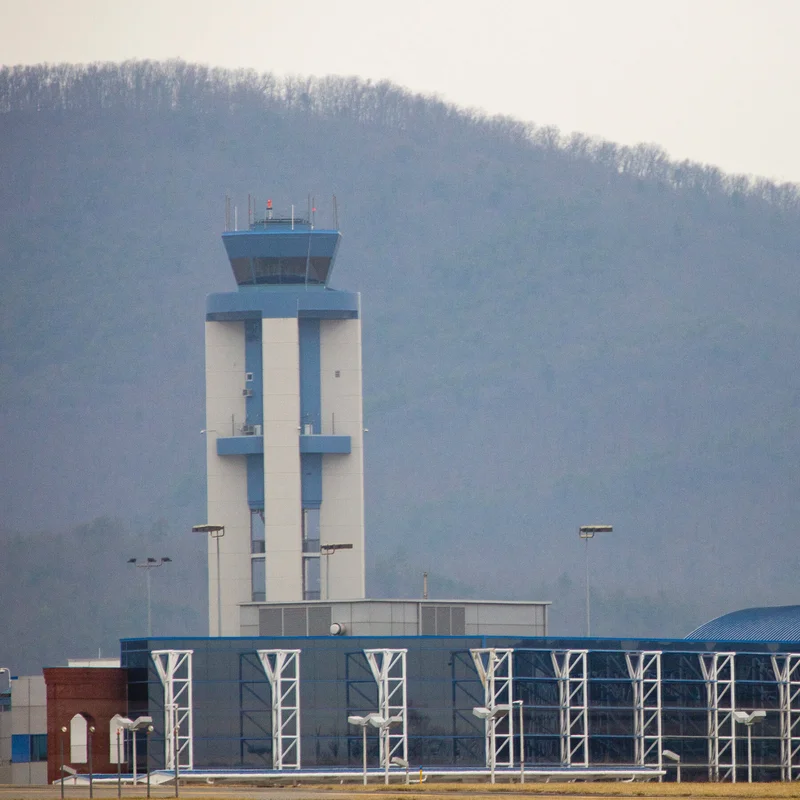Tesla’s aggressive strategy to dominate the electric vehicle market by slashing prices has hit its bottom line hard. The company’s latest earnings report reveals a stark 37% year-over-year decline in profit, a direct consequence of its deep discounts and low-interest financing offers .
Table of Contents
- The Profit Paradox: More Cars, Less Cash
- Why Did Tesla Start a Price War?
- The Full Financial Hit
- What Comes Next for Tesla?
- Sources
The Profit Paradox: More Cars, Less Cash
Tesla, the EV pioneer, finds itself in a classic business bind. While it managed to boost its vehicle deliveries by 14% in the third quarter of 2025, its automotive revenue only saw a 19% sequential increase . This mismatch highlights a critical issue: the company is making significantly less money on every car it sells. The primary driver? A series of relentless price cuts designed to stimulate demand in a fiercely competitive and increasingly saturated market.
Why Did Tesla Start a Price War?
Facing mounting pressure from both legacy automakers and a surge of new Chinese EV competitors, Tesla’s leadership, spearheaded by CEO Elon Musk, opted for a volume-over-margin strategy. The goal was clear: maintain its title as the world’s top-selling EV maker by making its vehicles more accessible. This involved not just direct price reductions but also offering attractive low-interest loan packages, which further eroded the profit from each sale .
The Full Financial Hit
The financials from Q3 2025 paint a detailed picture of the cost of this strategy:
| Financial Metric | Q3 2025 | Year-over-Year Change |
|---|---|---|
| Total Revenue | $28.1 Billion | +12% |
| Operating Income | $1.6 Billion | -40% |
| GAAP Net Income | $1.4 Billion | -37% (implied) |
| Earnings Per Share (EPS) | $0.50 | Missed estimates by 7.41% |
Adding to the pressure, Tesla’s operating expenses surged by 50% year-over-year, partly attributed to investments in new technologies like its artificial intelligence initiatives . This double whammy of lower margins and higher costs has squeezed profitability to its lowest levels in recent memory.
What Comes Next for Tesla?
The big question now is whether this strategy is sustainable. Investors are growing anxious, as evidenced by the company’s stock reaction to the earnings miss. While the price cuts have successfully driven record global deliveries , the long-term health of the business depends on its ability to eventually restore its margins. The market will be watching closely to see if Tesla can leverage its increased volume to drive profits from its energy and software services, or if it will be forced to rethink its aggressive pricing stance.
Can Tesla Win the Long Game?
The company’s future may hinge on its ability to innovate beyond just the car itself. With its focus on Full Self-Driving (FSD) software and its expanding energy business, Tesla is betting that these high-margin segments will eventually offset the losses from its automotive sales. For now, however, the price war has left a deep dent in its profits.




